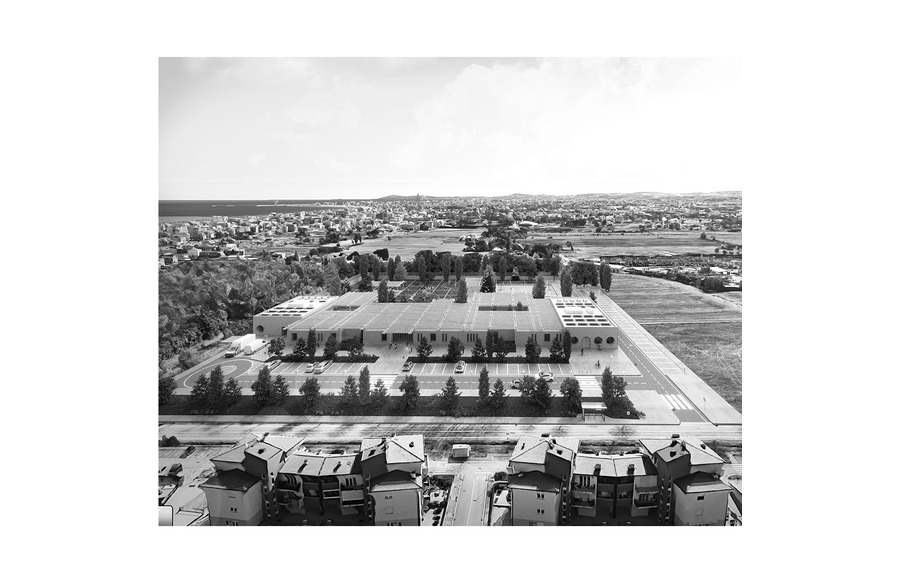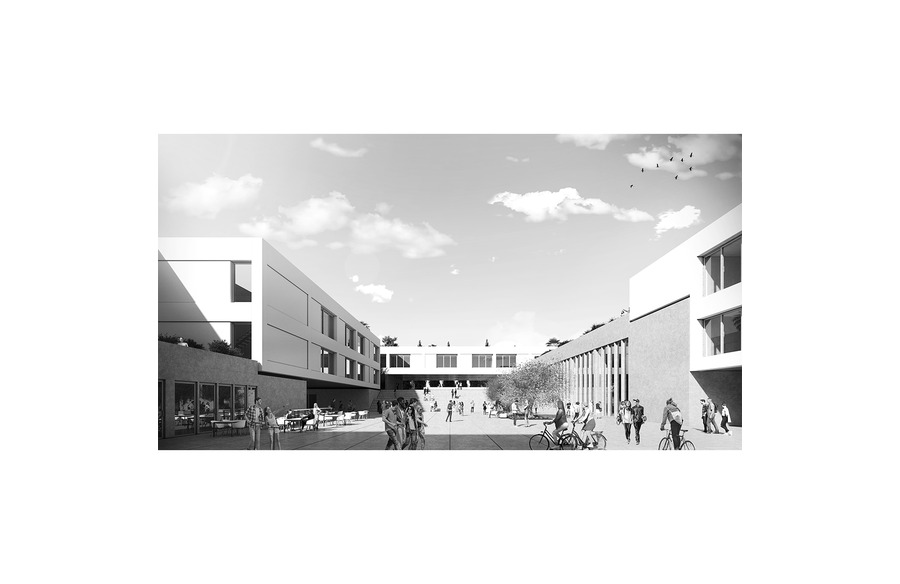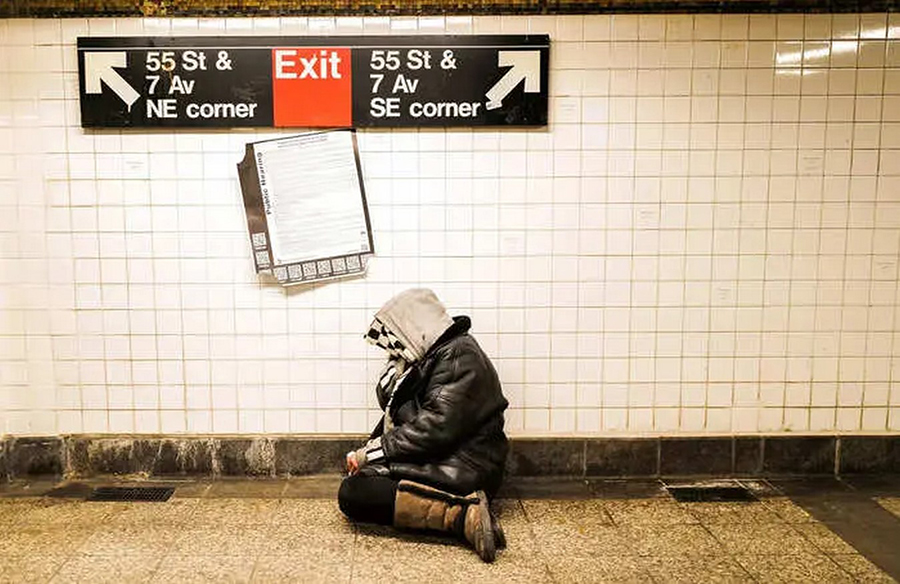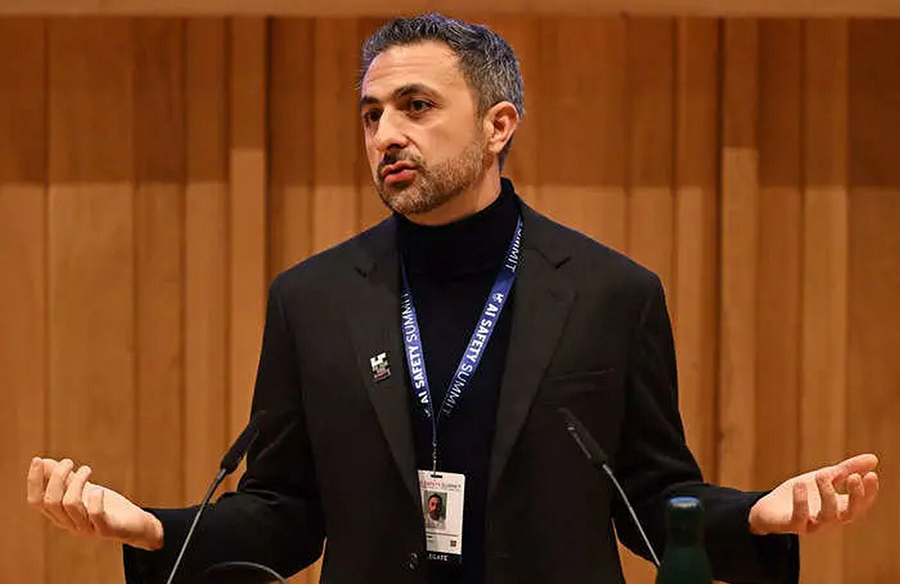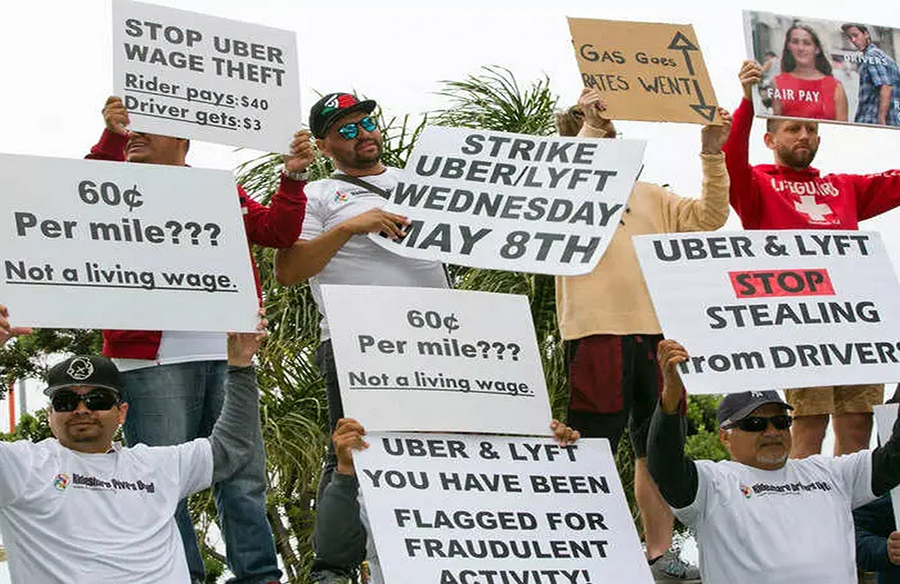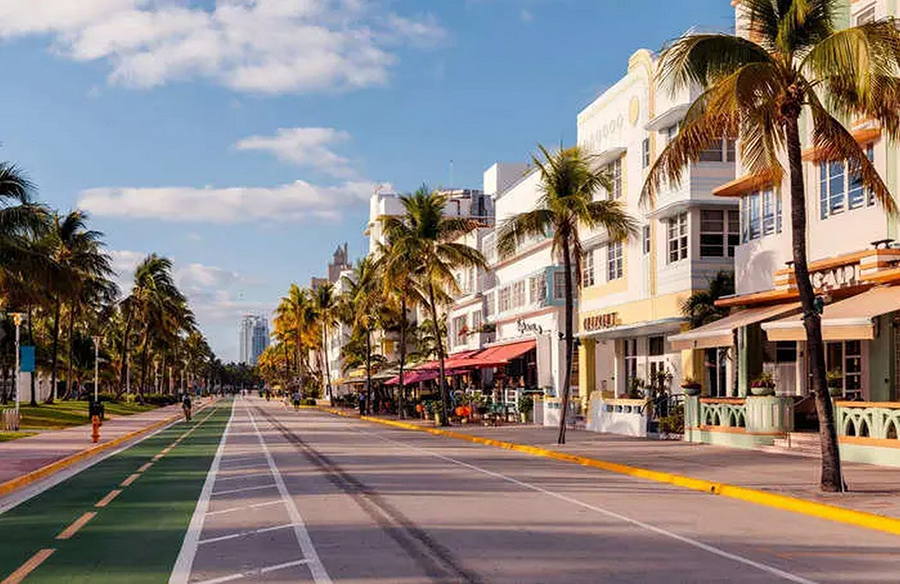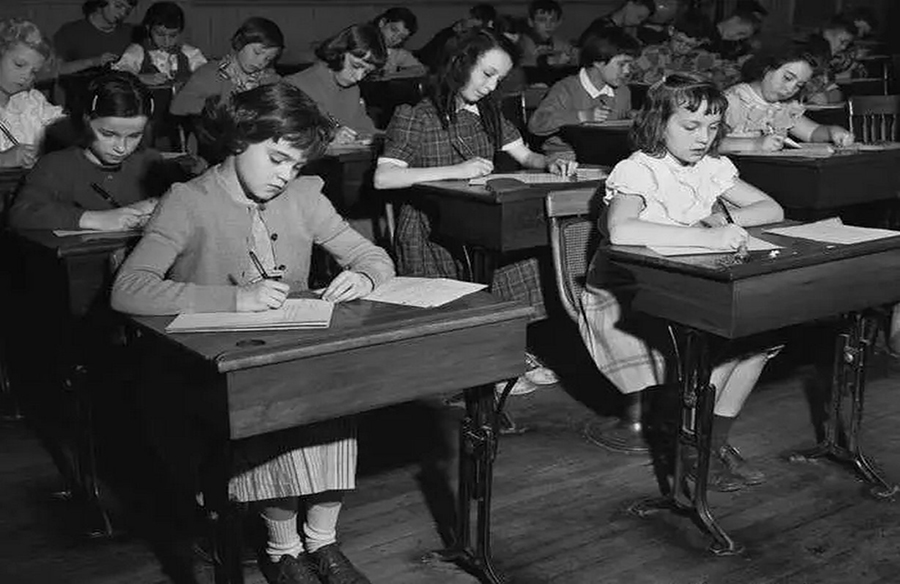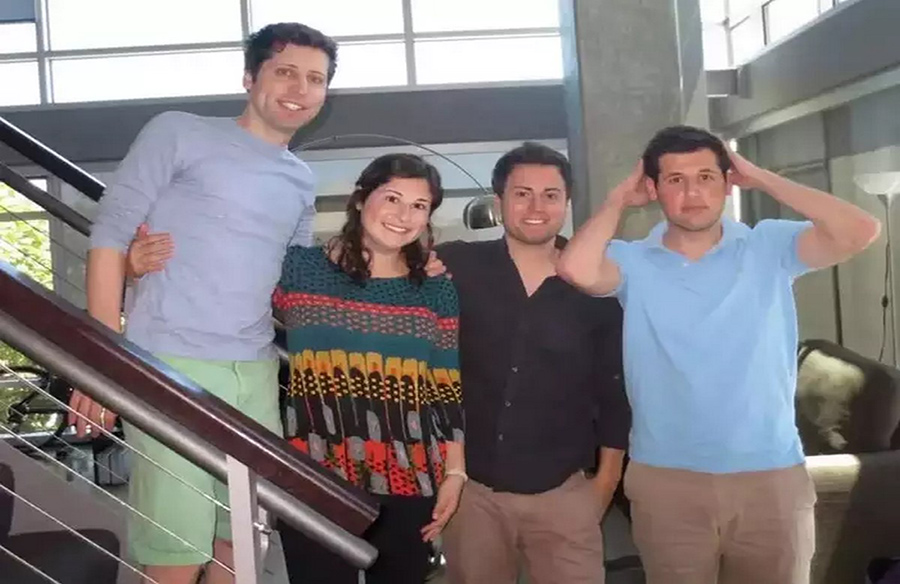Navigating Retirement Challenges: The Plight of the “Forgotten Middle”

As Americans age, a looming crisis emerges for those in the middle-income bracket facing retirement. Dubbed the “Forgotten Middle,” this demographic group, aged 75 or older, grapples with financial insecurity and limited access to essential care and housing. Let’s delve into the complexities of their predicament and explore potential solutions to ensure a dignified retirement.
The Financial Struggle of the “Forgotten Middle”
A recent analysis by NORC at the University of Chicago sheds light on the precarious financial situation of the “Forgotten Middle.” Despite having incomes or assets equivalent to $26,000 to $103,000 annually, these older adults are at risk of being unable to afford essential care and housing expenses. The lack of Medicaid eligibility further exacerbates their financial vulnerability, jeopardizing their ability to age with dignity and independence.
A Growing and Diverse Cohort
The demographic composition of the “Forgotten Middle” is expected to undergo significant changes in the coming years. With adults of color projected to account for a larger proportion of this cohort, disparities in financial resources and access to care are likely to persist and deepen. Black and Hispanic older adults, in particular, face disproportionate challenges due to limited liquid assets and declining homeownership rates.
Implications for Retirement Security
The decline in homeownership rates and access to health insurance among lower-income retirees underscores the broader retirement security crisis facing the “Forgotten Middle.” Many lack sufficient retirement savings, with disparities in account holdings further exacerbating financial disparities. As a result, a substantial portion of older adults face financial vulnerability, placing additional strain on state and federal assistance programs.
Exploring Legislative Solutions
In response to the retirement savings crisis, bipartisan efforts have emerged to address the needs of low-income workers. Proposals such as the Retirement Savings for Americans Act aim to automatically enroll eligible individuals in retirement savings accounts, providing a pathway to financial security in retirement. Advocates, including the AARP, emphasize the importance of ensuring that all Americans can retire with dignity and fulfill their aspirations.
Charting a Path Forward
As policymakers and stakeholders grapple with the challenges facing the “Forgotten Middle,” proactive measures are essential to safeguarding retirement security and promoting financial resilience. By implementing targeted interventions, such as automatic retirement savings enrollment and expanded access to affordable housing and healthcare, society can support aging populations and uphold the principles of dignity and independence in retirement.
In conclusion, addressing the needs of the “Forgotten Middle” requires collective action and innovative solutions to mitigate financial insecurity and promote well-being in later life. By prioritizing retirement security and equitable access to resources, we can ensure that all Americans, regardless of income or background, can enjoy a dignified and fulfilling retirement experience.


 English
English 






